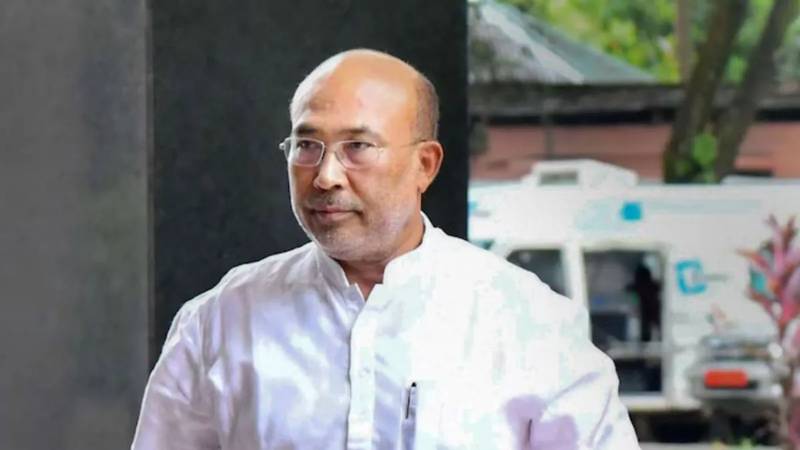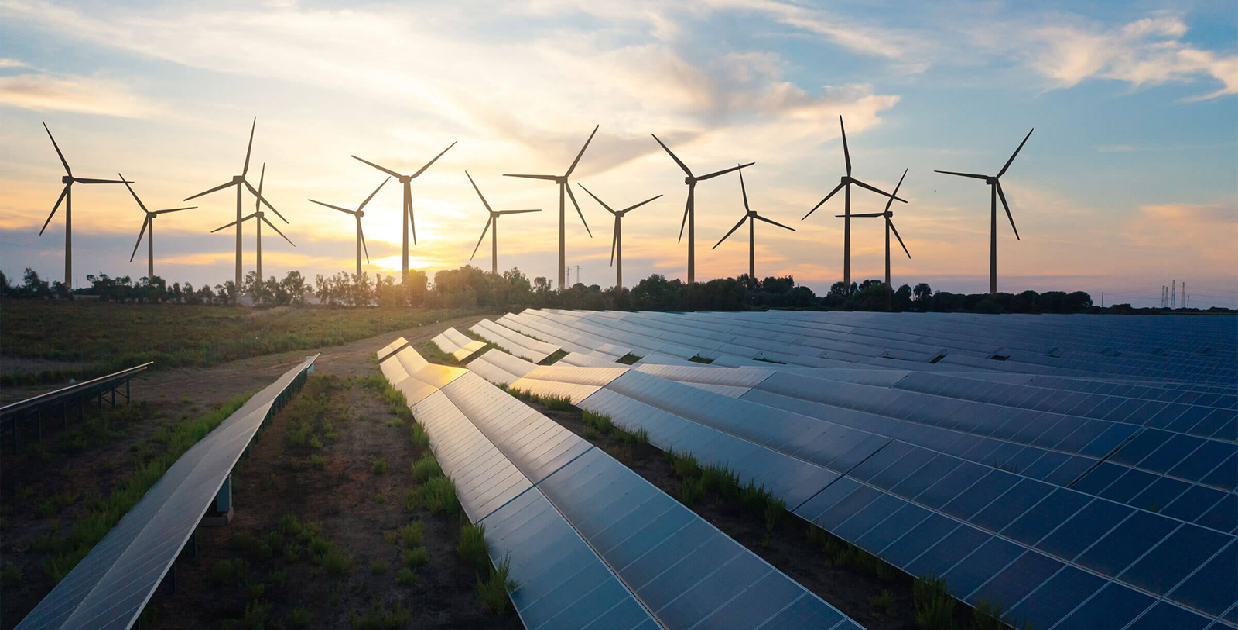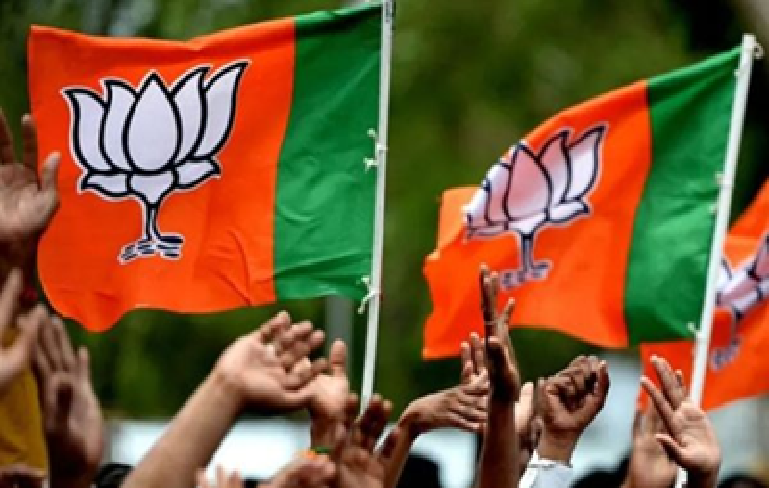
18: It’s no age to booze
The Karnataka Government has done well by withdrawing the proposal to bring down the legal age at which one can purchase liquor at licensed outlets or consume it in public to 18 years from the existing 21 years. While one could endlessly argue that when eligibility for voting and licence to drive automobiles is 18, why the same should not be applied for purchase and consumption of alcohol, the fact is that the prime driver for reduction in age was the liquor business lobby.
No such demand had ever been raised from any quarter of youth. It will also be wrong to support or oppose the proposal merely on the basis of legality. Evidence suggests that the role of law in matters such as prohibition has been limited. There have been dime a dozen deaths due to consumption of (poisonous) liquor in dry states such as Gujarat and Bihar. Shady dens for sale or consumption of liquor are aplenty and even licensed retail outlets never insist on proof of age.
People who are addicted to the bottle find access to it regardless of the rules and regulations. If not pubs, those determined to take to the bottle, would consume it in homes or public spaces not under active surveillance. What is of prime importance is the creation of awareness against consumption of liquour and its deleterious impact on health, morals, financial status and general decorum of society.
Prior to 1970, most states in the United States allowed drinking at 18. This was known as the Minimum Legal Age for Drinking (MLDA). Following reports in the 1970s showing that teenage car accidents and fatalities increased in states where the MLDA had been lowered from 21 the Congress passed the legislation fixing the MLDA at 21. Consumption of liquor should never be encouraged. But seamy implications of prohibition as a policy are also too well known to be discounted.
Not merely the decline in Excise revenue, it has often led to thriving black market and deaths due to adulteration. The policy to maintain the age at which one can legally purchase, possess and consume liquor at 21 bars access of a section of people who are vulnerable to its hazards and may pose a threat to law and order. Statistics from the United States testify that states that increased the legal drinking age to 21 saw a 16 per cent median decline in motor vehicle crashes.
Lowering eligibility to 18 would have been a medically irresponsible move and would have allowed access to the harmful drink to even highschoolers. It is also likely to obstruct studies when the youth are at the crossroads of their academic career and need to envision their trajectory. While the move to maintain the previous age limit at 21 should be welcomed as of now, the focus of the entire debate must shift to weighing the benefits in terms of Excise revenue vis-a-vis the impact on morals and health.
 English daily published in Bengaluru & Doha
English daily published in Bengaluru & Doha






